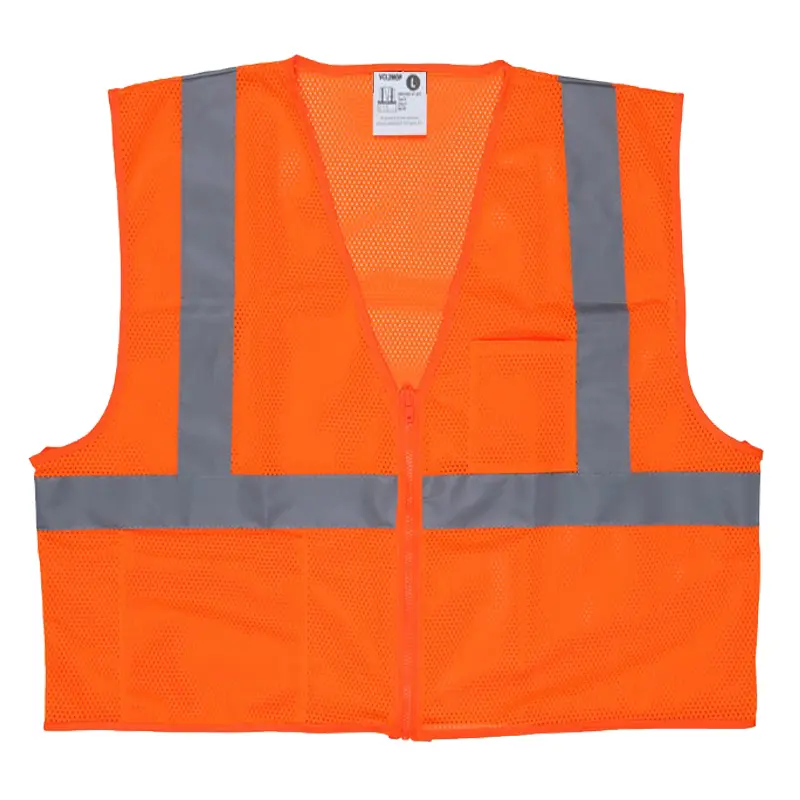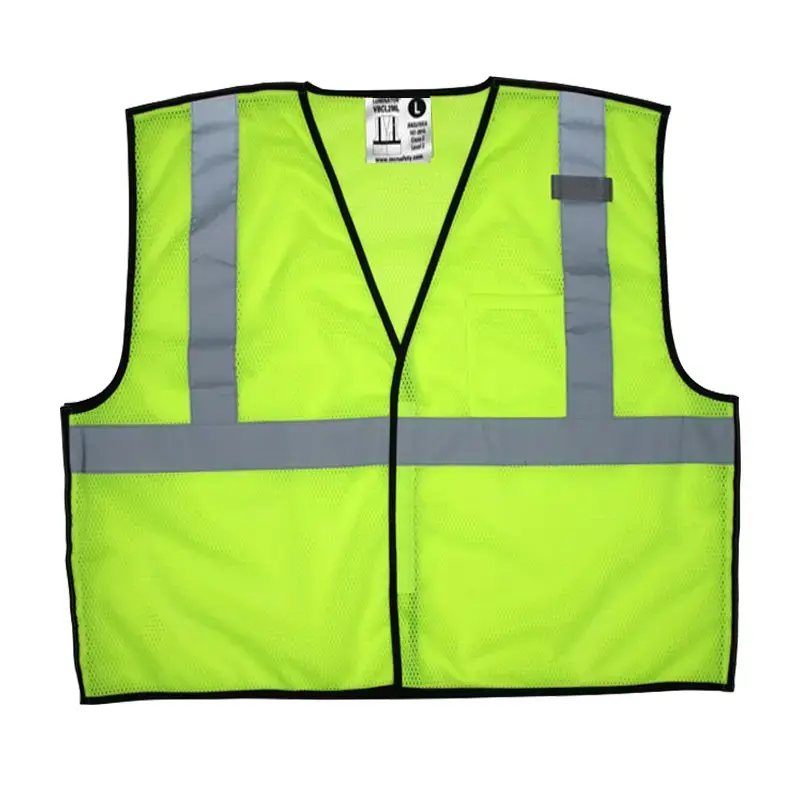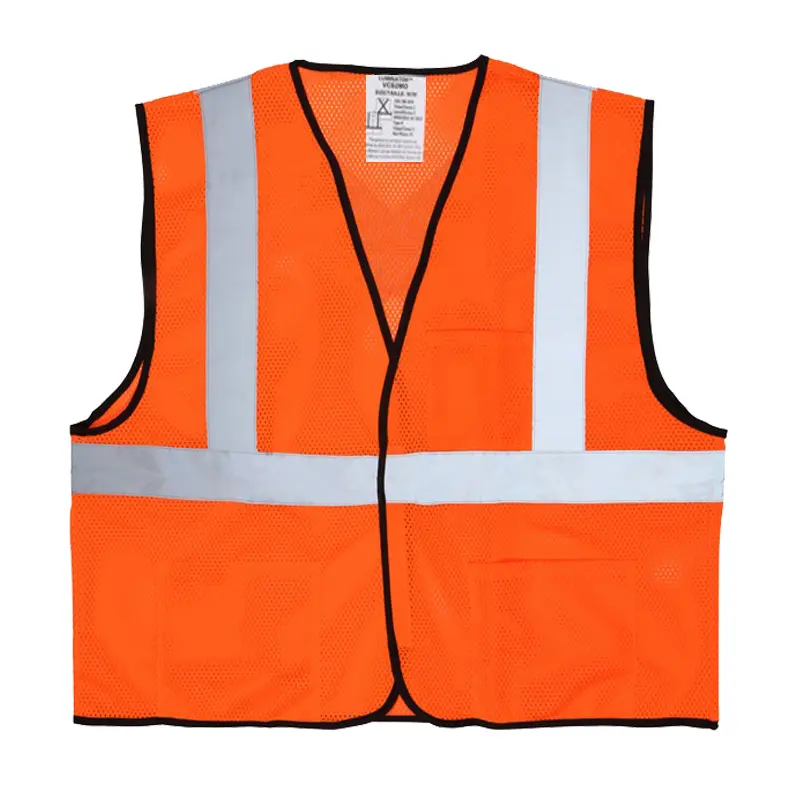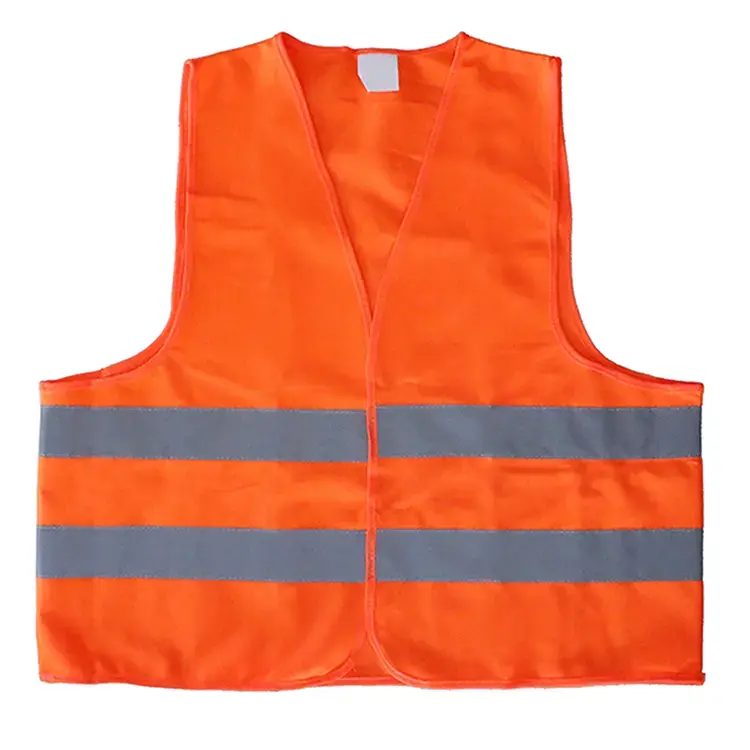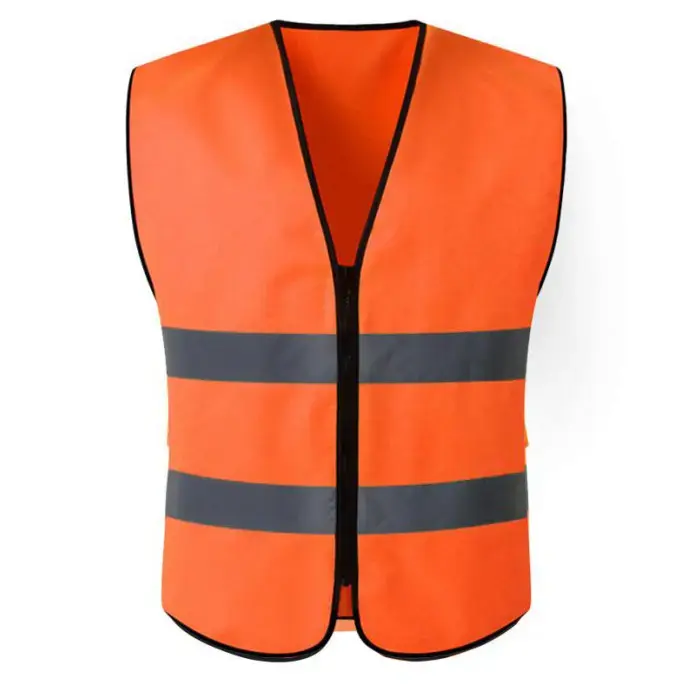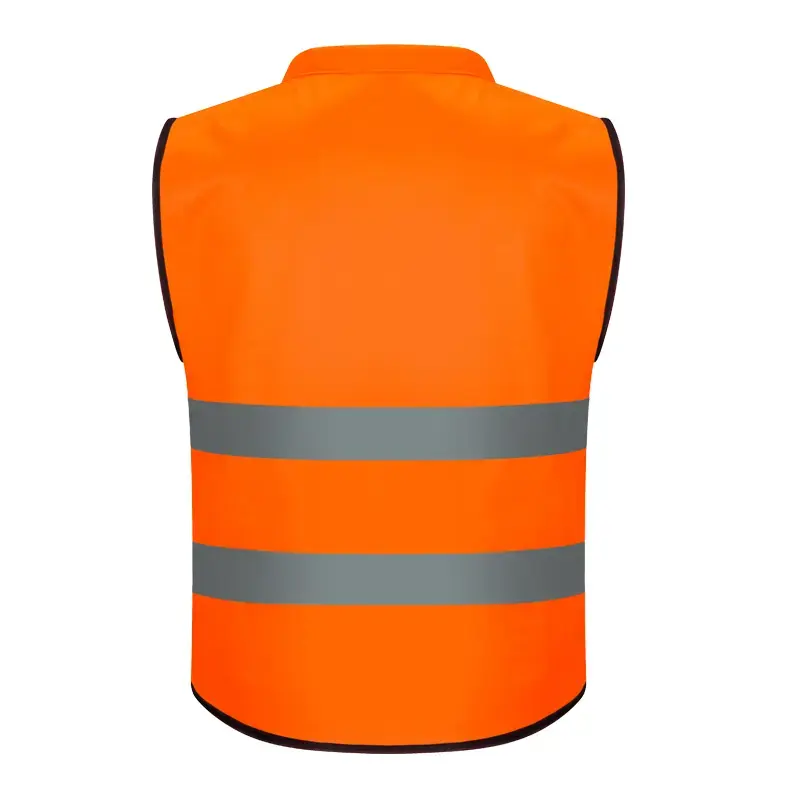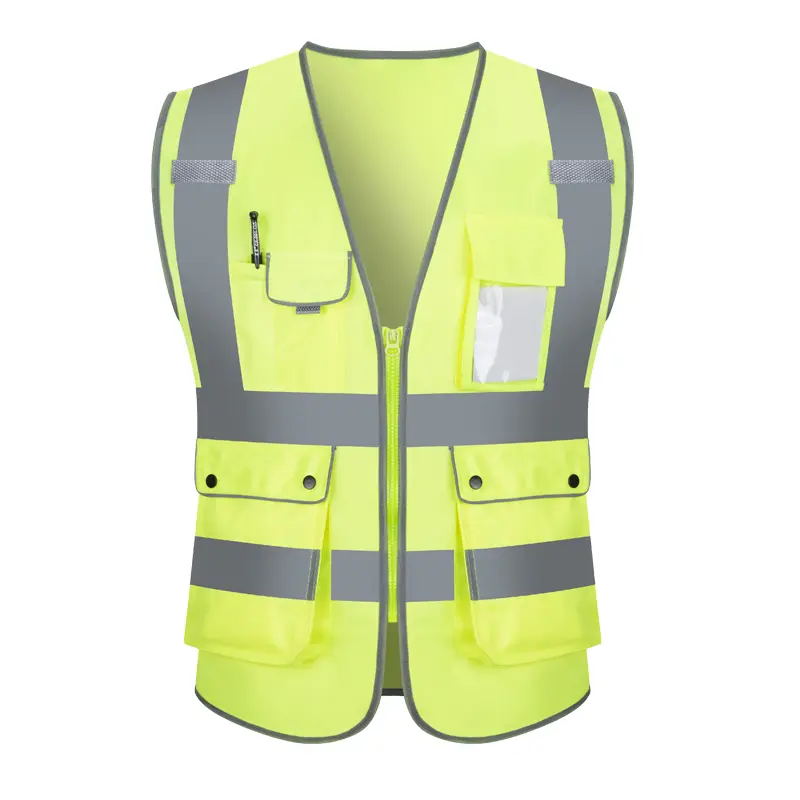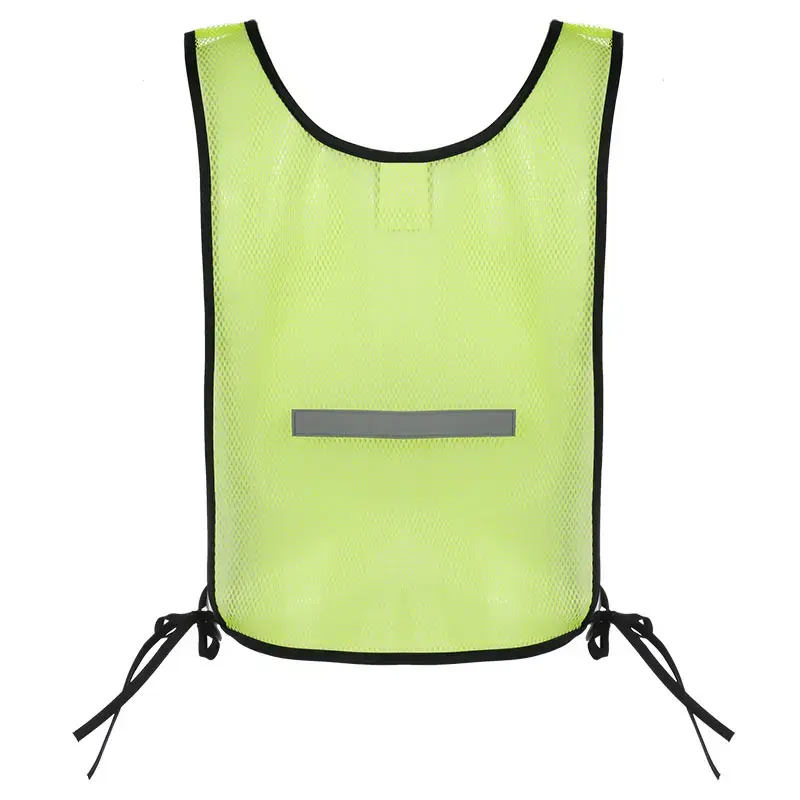Exporting Reflective Jackets: The Importance of EN471 Standard Compliance
Exporting Reflective Jackets: The Importance of EN471 Standard Compliance
Introduction
In today's globalized market, the demand for high-visibility reflective jackets has significantly increased, especially among international wholesale buyers. These jackets play a crucial role in ensuring the safety of workers in various industries, such as construction, transportation, and public services, where visibility is paramount. However, exporting reflective jackets to international markets, particularly the European Union, requires strict adherence to the EN471 standard. This blog post aims to provide a comprehensive understanding of the EN471 standard and its significance for exporters, manufacturers, and buyers of reflective jackets.
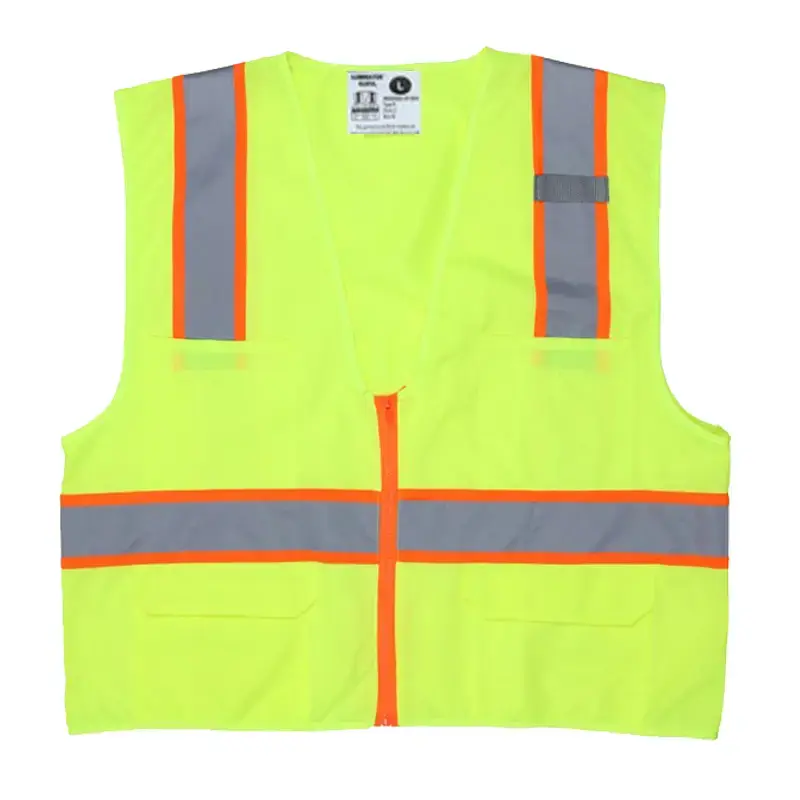
Understanding the EN471 Standard
The EN471 standard, now replaced by the updated EN ISO 20471:2013, is a European standard that specifies the requirements for high-visibility clothing, including reflective jackets. It ensures that these garments provide adequate visibility to workers in low-light conditions or during night-time operations, thereby reducing the risk of accidents and injuries.
Key Requirements of EN471/EN ISO 20471
Color Requirements
The base fabric of high-visibility clothing must be either fluorescent yellow, orange, or red. These colors are chosen for their high visibility and ability to stand out in various environments.
The colorfastness of the fabric is also crucial. The standard requires that the fabric maintains its color intensity even after multiple washes and exposure to different environmental conditions.
Reflective Material
Reflective jackets must have a minimum area of reflective material to ensure visibility from all angles. For example, Class 1 jackets require at least 0.1 square meters of reflective tape, while Class 3 jackets need 0.2 square meters.
The reflective tape must be placed strategically on the garment to maximize visibility. It should form a continuous band around the torso and, in some cases, the arms and legs.
Design and Placement
The design of the reflective jacket must ensure that the reflective and fluorescent materials are visible from all directions (360 degrees). This means that the placement of these materials is critical to the overall effectiveness of the garment.
The standard also specifies the minimum areas of fluorescent material required for each class of high-visibility clothing. For instance, Class 1 requires at least 0.14 square meters, Class 2 requires 0.50 square meters, and Class 3 requires 0.80 square meters.
Physical Properties
The fabric used in reflective jackets must meet certain physical requirements, such as tensile strength, thermal resistance, and dimensional stability. These properties ensure that the garment remains durable and functional in various working conditions.
The standard also addresses the issue of "bleeding" between the reflective strips and the fluorescent materials. "Bleeding" refers to the transfer of color from one material to another, which can reduce the effectiveness of the reflective elements. The EN471 standard sets limits on the amount of bleeding to ensure that the reflective properties are maintained.
Labeling and Information
Reflective jackets must be labeled with the EN ISO 20471 icon and the appropriate class number. This labeling helps buyers and users identify the level of visibility provided by the garment.
Additionally, the standard requires that important information be provided to the user, such as how to wear the garment, warnings about improper use, maintenance instructions, and the expected lifespan of the garment.

Importance of EN471 Compliance for Exporters
Market Access
Complying with the EN471 standard is essential for accessing the European market. The European Union has strict regulations regarding personal protective equipment (PPE), and reflective jackets fall under this category. By ensuring that your products meet the EN471 standard, you can avoid potential legal issues and ensure that your products are accepted in the EU market.
Safety and Reputation
The primary purpose of the EN471 standard is to ensure the safety of workers who rely on high-visibility clothing. By adhering to this standard, you demonstrate a commitment to providing safe and reliable products. This can enhance your reputation as a trustworthy supplier and build long-term relationships with international buyers.
Competitive Advantage
In a competitive market, compliance with international standards can give you a competitive edge. Buyers, especially those in the EU, prefer products that meet recognized standards, as it reduces their risk and ensures compliance with local regulations. By marketing your reflective jackets as EN471-compliant, you can differentiate your products from those of competitors who may not adhere to the same standards.

